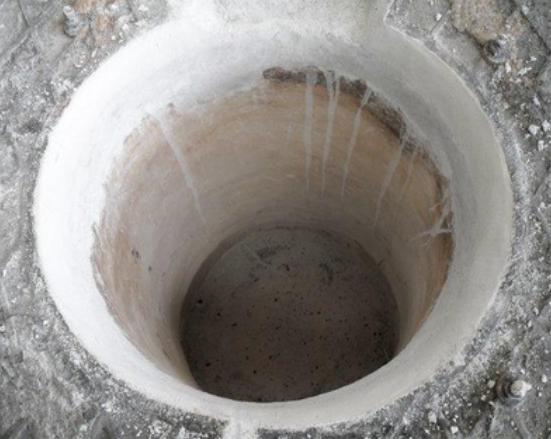- 31
- Oct
Method for detecting the lining of induction melting furnace
Method for detecting the lining of induction melting furnace

1. Erozija na dnu peći
U normalnoj upotrebi obloge peći, debljina obloge peći i debljina dna peći postepeno će postati tanja zbog ciklične erozije rastaljenog željeza tijekom dugotrajne upotrebe. Intuitivna situacija je povećanje kapaciteta peći, a opća obloga peći će biti korodirana za 30-50%. Kada dođe vrijeme, ponovo će biti srušena i izvođenje radova na izgradnji nove peći.
From the analysis of the entire furnace lining, the obvious erosion is at the slope position where the furnace bottom and the furnace lining are combined. After long-term use of the furnace, the thicker furnace lining material on the slope has been eroded to be similar to the furnace lining. The furnace lining is on a circular arc surface, and even a slight depression appears in the soil where the furnace bottom material and the furnace lining material are combined. As the furnace age increases, the depression at this position becomes deeper and deeper, getting closer and closer to the electric furnace coil , And affect the use of safety, you need to rebuild the furnace. In addition to the density of the quartz sand during furnace construction, the cause of the lining depression is also related to the chemical corrosion during the melting of the materials in our use and the mechanical corrosion during operation.
2. Integritet obloge peći
The integrity of the lining refers to the iron penetration and cracks that often appear in the lining. In our production, there are often weekend breaks and furnaces. When the electric furnace is emptied and stops melting, the furnace lining will slowly cool down. Because the sintered furnace lining is a brittle material, the sintered layer is inevitable due to thermal expansion and contraction. Cracks appear, which is very harmful and will cause molten iron to penetrate into the furnace lining and cause furnace leakage.
From the perspective of protecting the lining, the cracks are finer and more dense and evenly distributed, because only in this way can the cracks be closed to the limit when the furnace is cold-started, and a complete sintering layer can be given to the lining. In order to minimize crack propagation, we should pay attention to: avoid lining sticking slag, the influence of excessively high temperature on the furnace lining, cooling of the furnace lining, and frequent surface inspection of the furnace lining.
